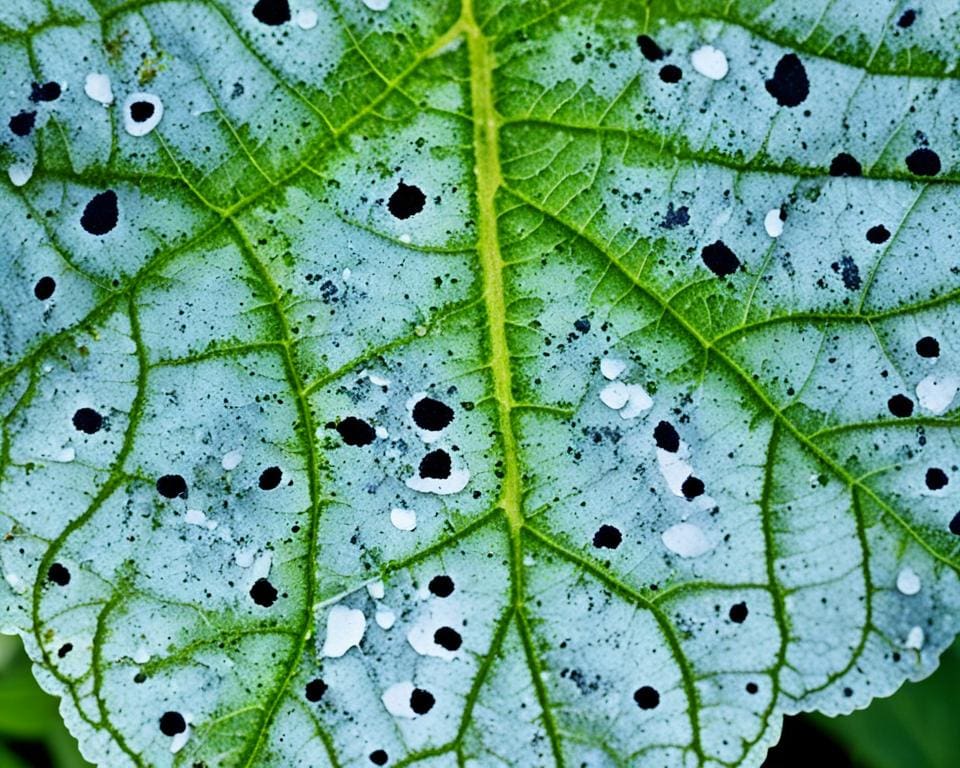Hydrangea trees are a stunning addition to any garden, gracing landscapes with their vibrant blooms and lush greenery. However, the question remains: are hydrangea trees susceptible to diseases? Understanding the various hydrangea tree diseases can significantly enhance your ability to maintain their health and vitality. In this article, we will delve into the common ailments affecting these beautiful trees, the signs that may indicate distress, and the effective strategies to combat such issues. Armed with this knowledge, you can ensure that your hydrangea trees flourish year after year.
Understanding Hydrangea Tree Diseases
Hydrangea trees, cherished for their stunning blooms, can encounter various challenges in the form of diseases that threaten their health. Being aware of these issues is essential for maintaining the beauty and vitality of these plants. This section explores common diseases in hydrangea trees, identifying their signs and assessing the impact they can have on overall tree health.
Overview of Common Diseases in Hydrangea Trees
Several hydrangea tree diseases can undermine their growth and beauty. Among the most notable are:
- Powdery Mildew: This fungal disease manifests as a white powdery coating on leaves, often thriving in humid conditions.
- Root Rot: Generally caused by overwatering or poor drainage, root rot leads to yellowing leaves and wilting trees.
- Leaf Spot: Resulting from pathogens like Cercospora, leaf spot produces dark, sunken spots on foliage that can ultimately defoliate the tree.
Signs of Disease in Hydrangea Trees
Recognizing the signs of disease in hydrangea trees is vital for effective management. Symptoms may include:
- Wilting leaves
- Discoloration of foliage
- Premature leaf drop
- Stunted growth
Impact of Diseases on Tree Health
Hydrangea tree diseases can significantly impair tree health, leading to consequences such as reduced flowering and growth potential. In severe cases, untreated diseases can cause the decline or death of the tree, highlighting the critical need for vigilant observation and timely intervention.

Are Hydrangea Trees Susceptible to Diseases?
Understanding the susceptibility of hydrangea trees to diseases reveals a tapestry woven from various elements. Awareness of these factors promotes healthier, more resilient plants.
Factors Contributing to Disease Susceptibility
Several factors contributing to disease susceptibility exist in hydrangea trees. Genetic predisposition often determines how certain species respond to pathogens. Trees with inherited weaknesses can manifest symptoms more readily when exposed to disease. Environmental stressors, particularly drought and excess moisture, play a pivotal role; hydrangeas experiencing such stress become prime targets for ailments. Inadequate air circulation, which occurs when trees are overcrowded, creates an environment conducive to disease proliferation.
Climate and Environmental Effects
The balance of climate and environmental effects heavily influences the health of hydrangea trees. Humidity levels and temperature fluctuations dictate disease prevalence. For instance, warm and wet conditions significantly enhance the opportunity for fungal infections to thrive. Similarly, sudden cold snaps can weaken trees, amplifying their vulnerability. Recognizing these environmental impacts allows gardeners to adapt their care strategies, ensuring robust and thriving hydrangeas.
Best Practices for Hydrangea Tree Disease Control
Maintaining the health and vibrancy of hydrangea trees requires diligent attention to best practices for hydrangea tree disease control. By implementing a combination of preventive measures and treatment options, gardeners can significantly enhance the resilience of these beautiful trees against a variety of ailments.
Preventive Measures for Healthy Growth
One effective way of preventing diseases in hydrangea trees is by ensuring proper drainage around the plant base. Adequate airflow is essential, so avoid overhead watering that can lead to moisture accumulation on leaves. It is also advisable to select disease-resistant varieties that will thrive in your specific environment, further mitigating risks.
Common Treatment Options
When faced with the task of treating diseases in hydrangea trees, several options are available. Fungicides can provide effective control against various fungal infections when applied as per label instructions. For a more organic approach, treatments like neem oil are excellent for managing both pests and diseases, nurturing a robust growth environment.
Importance of Regular Maintenance
Regular maintenance is critical for preventing diseases in hydrangea trees. Pruning any dead or diseased branches maintains tree health while enhancing air circulation. Keeping the gardening area tidy allows these trees to flourish. Staying vigilant and proactive ensures the longevity and beauty of hydrangea trees, allowing them to grace your garden for years to come.
How to Manage Diseases Affecting Hydrangea Tree Health
Effective hydrangea tree disease management begins with adopting a holistic approach that prioritizes regular observation and timely interventions. Gardeners are encouraged to meticulously monitor their hydrangea trees for any signs of distress, as early detection significantly improves the chances of successful treatment. Adjustments based on climatic conditions and local environmental factors can further refine care and protection strategies, making it easier to address the specific diseases affecting hydrangea tree health.
Utilizing integrated pest management (IPM) practices also plays a crucial role in managing diseases and promoting resilient hydrangea trees. By fostering beneficial insect populations and employing physical barriers, such as row covers, gardeners can protect their trees from pests that often carry diseases. This proactive approach not only helps minimize potential harm but also bolsters the overall health of hydrangea trees.
Additionally, staying informed about prevalent diseases in your area empowers you as a gardener to plan effectively for the seasons ahead. By understanding regional challenges and implementing targeted strategies, you can confidently combat threats and maintain lush, vibrant hydrangea trees. Remember, a strong care routine is key to thriving hydrangeas—creating an inspiring landscape filled with beauty and life.









